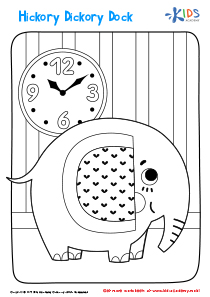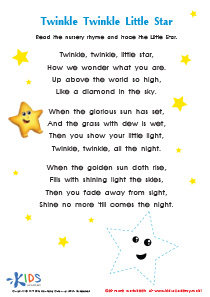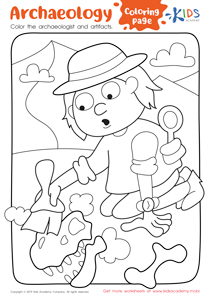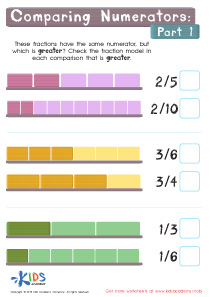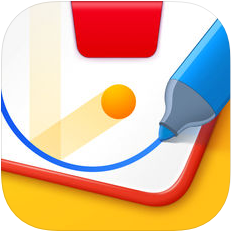Science Lessons | Weather for Ages 8-9
4 results
Dive into our engaging Weather for Ages 8-9 module, designed to spark curiosity and a love for science in young minds! Our interactive lessons are a perfect blend of fun and learning, tailored specifically for 8 to 9-year-olds. Through a mix of interactive worksheets, captivating educational videos, and stimulating assessment quizzes, we introduce the wonders of weather in a way that's both accessible and exciting. Children will explore the basics of meteorology, understand different weather phenomena, and even learn how to predict weather changes. Join us for an educational adventure that makes learning about the weather a breeze!
Unlocking the Wonders of Climate with "Weather for Ages 8-9": A Comprehensive Guide
In the formative years of a child's education, integrating engaging and interactive lessons can significantly enhance their learning experience. Recognizing this, the curriculum designed for "Weather for Ages 8-9" stands as an exemplary model of how tailored educational content can not only pique the interest of young minds but also solidify foundational knowledge that is crucial for their academic journey. This comprehensive program, crafted with 8 to 9-year-olds in mind, dives deep into the fascinating world of weather, offering a blend of interactive worksheets, educational videos, and assessment quizzes that make learning both fun and effective.
At ages 8 and 9, children are at a prime stage to absorb complex concepts, particularly when presented through a combination of visual, auditory, and kinesthetic learning styles. The "Weather for Ages 8-9" program harnesses this potential by offering a variety of educational tools designed to cater to these diverse learning needs. Through interactive worksheets, children are invited to engage with the material actively, whether by labeling the water cycle, drawing different weather patterns, or matching weather-related vocabulary with their definitions. Such activities not only reinforce their understanding but also encourage them to apply their knowledge in a tangible way.
Educational videos serve as another cornerstone of this curriculum, providing visually stimulating explanations of weather phenomena that might otherwise be difficult to grasp. These videos help bring the science of meteorology to life, showcasing everything from the formation of rainbows to the dynamics of hurricanes. The use of storytelling and animation further captivates the young audience, ensuring that these complex ideas are both accessible and memorable.
However, the learning experience does not end with passive observation. Following each video, children are invited to test their understanding through assessment quizzes. These quizzes are carefully crafted to be age-appropriate, ensuring that they challenge the students without overwhelming them. By immediately applying what they've learned, children can solidify their grasp on the subject matter, and educators can gain valuable insights into areas where additional support may be needed.
Moreover, the "Weather for Ages 8-9" lessons go beyond simply transmitting knowledge. They also aim to foster critical thinking and curiosity about the natural world. By understanding weather patterns and their effects, children begin to grasp the broader implications of climate change and the importance of environmental stewardship. This holistic approach not only educates but also empowers the next generation to be informed and responsible global citizens.
In conclusion, the "Weather for Ages 8-9" curriculum offers a dynamic and comprehensive educational experience that is tailor-made for young learners. By combining interactive worksheets, educational videos, and assessment quizzes, it caters to diverse learning styles, ensuring that each child can engage with and absorb the material in a way that best suits them. This program not only builds a solid foundation in the science of meteorology but also ignites a lifelong curiosity about the world around us. Through such innovative educational tools, children are not just learning about weather; they are embarking on a journey of discovery that will serve them well in all their future academic endeavors.
